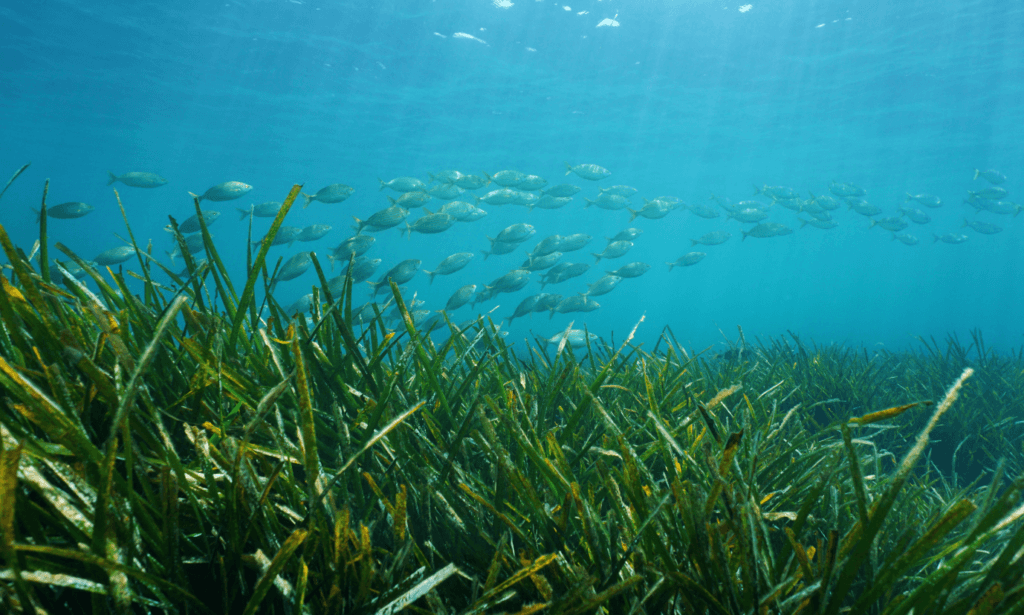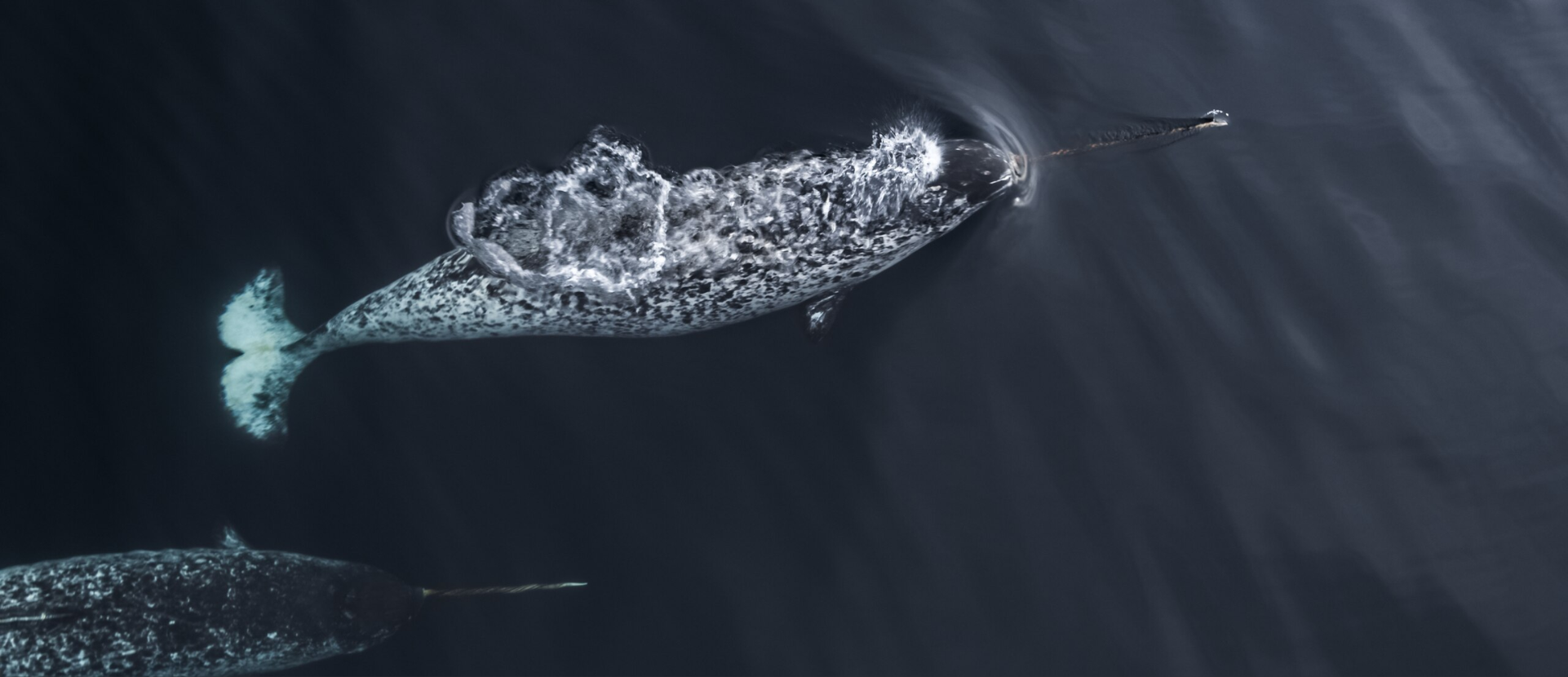- Our Impact: Threats
- Science: Explained
Our Impact: How does climate change impact the Ocean?

This is part of our Four Pillars work that highlights the importance of the Ocean, the human-made threats it faces, and the solutions our Ocean provides.
Climate change impacts everything – including our Ocean
With rising temperatures and melting ice sheets, climate change has had a massive impact on the Ocean.
The changing composition of gases in the atmosphere is altering life as we know it. We must not allow this catastrophe to unravel any further.

But how did we get here?
The emerging issue of ‘climate change’
Over the last century, many scientists have raised their concerns about global warming while the fossil fuel industry was booming.
Now, we know that these concerns have been validated many times over, through computer simulations and direct observations (tree rings, ice cores, etc).
According to the Intergovernmental Panel on Climate Change (IPCC) it is now widely accepted that humans are the primary drivers of climate change, owing to the advent of burning fossil fuels.
What role does the Ocean play in the climate change conversation?
The Ocean helps regulate land temperature and drives global weather patterns.
It absorbs the sun’s heat, transferring it to the atmosphere and distributing it around the world, warming in the winter and cooling in the summer. In fact, more than 90% of the heat from global warming is stored in the Ocean acting as one of the most important carbon sinks on Earth.
The excess of emissions in the atmosphere has tampered with the Ocean’s capacity of storing it while still being able to thrive.
How can we understand the impact of climate change on the Ocean?
There are many indicators that help us understand the effects of climate change on the Ocean:

The leading climate change indicator in the Ocean: Sea level rise.
The rise in temperatures cause water to expand and ice sheets to melt. This results in sea level rise. Globally, the changes in sea levels are a leading indicator of climate change.
During the 21st century, the global mean sea level is likely to rise at least 30 cm even assuming more moderate greenhouse gas emissions in the coming decades.
Even if adaptive measures are in place, global flood losses for coastal cities are predicted to increase from $6 billion in 2005 to $1 trillion by 2050.
Global warming of 4°C by 2100 would lead to a median sea-level rise of nearly 1 metre above the 1980 to 1999 levels. At today’s population distribution, that would threaten the lives and livelihoods of between 150 to 250 million people.
It goes without saying that the effects of sea level rise are already being felt in many parts of the world.
In Indonesia, 75% of the country’s cities are in coastal areas. With the country being prone to frequent natural disasters like flooding, tornadoes, and landslides, over 110 million people in the cities are exposed to the devastating impacts of climate change.
These impacts can often be felt alongside disruptions to agriculture (like rice fields), water resources (potential salinisation of ground water) and other resources.
What is Ocean acidification?
As the Ocean gets warmer, we observe changes in the chemistry of the water. The reduced pH level of water has led to Ocean acidification, forming carbonic acid.
Global surface Ocean pH has declined on average by approximately 0.1 since the Industrial Revolution, with an increase in acidity of about 30%.
This is making it harder for marine organisms (including larvae) to develop calcium carbonate shells and skeletons, increasing their vulnerability and harming their overall health. This invariably impacts food security due to the adverse effects on fisheries and aquaculture.

What’s the harm of Ocean deoxygenation?
Unfortunately, the warming Ocean also raises the oxygen demand of living organisms and as a result, there is less oxygen available for marine life.
Ocean oxygen levels have decreased by 2% in the past five decades and are expected to reduce a further 3–4% by 2100.
Oxygen depletion is one of the most serious threats to the coastal marine ecosystem including coral reefs and sea grass meadows, reducing biodiversity, limiting both the production of oxygen and sequestration of atmospheric CO2, and increasing the risk of coastal flooding.
The Ocean covers 70% of our planet – but it’s still impacted by climate change.
Here is a good introductory video outlining this topic:
Woah, is the fate of our Ocean already sealed?
Fortunately, not yet.
We are alive in a crucial period of time, with the window of action and opportunity closing in on us.
The IPCC’s modelling suggests that the only way to limit global warming to 1.5C is we take immediate action after 2020, which is, well, now.

In this scenario, emissions are projected to peak between 2020-2025. This means that we need to reduce emissions by 43% by 2030, and 84% by 2050.
Apart from phasing out fossil fuels, reducing global carbon and methane emissions is a key solution to slow down Ocean warming. Increasing Marine Protected Areas (MPA’s) is another way of protecting large areas of the Ocean from further exploitation. We must also safeguard and restore coastal ecosystems which will benefit biodiversity and humans alike.
A healthy Ocean is key to achieving our climate goals.
If the Ocean thrives, so do we.





